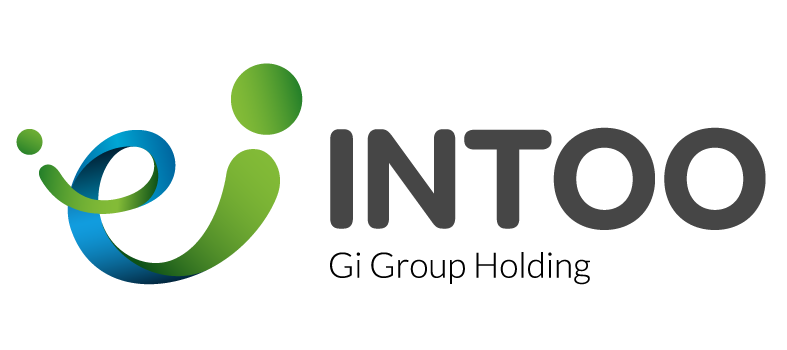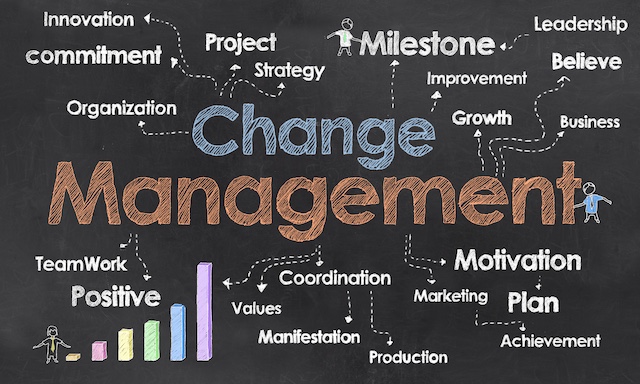Is it possible to show employees you care about them—even during layoffs? Can your company let go of employees—without triggering angry reviews on Glassdoor? How do you protect your brand reputation—in the midst of a reduction-in-force? These types of questions may seem difficult to answer, because downsizing your workforce is never an easy task. Companies have to make tough decisions and let go of employees who are genuinely valued by the organization and its people, while those employees may feel unappreciated or abandoned by the companies they had worked for.
Still, companies can provide a softer landing and a more positive offboarding experience for departing employees by offering an important service: Outplacement. This guide provides an in-depth primer on outplacement: What it is, how it benefits both employees and companies, and which factors to consider when selecting services for your company.
Download the guide now and get detailed answers to your questions:
- What are outplacement services?
- Why offer outplacement?
- How does outplacement work?
- How do employees benefit from outplacement?
- What factors should I consider regarding outplacement costs?
- What is the future of outplacement?
Each section will walk you through what you need to know to select the best outplacement program for your company. We go over the unique issues different types of companies experience and manage with outplacement services, and help you hone in on the type of outplacement program that will effectively meet the needs of your workforce at a competitive cost.
Download the complete guide, and use it as a resource for yourself and your team—as well as an educational tool for getting leadership buy-in. Get the guide now to start putting your outplacement strategy in place today.











